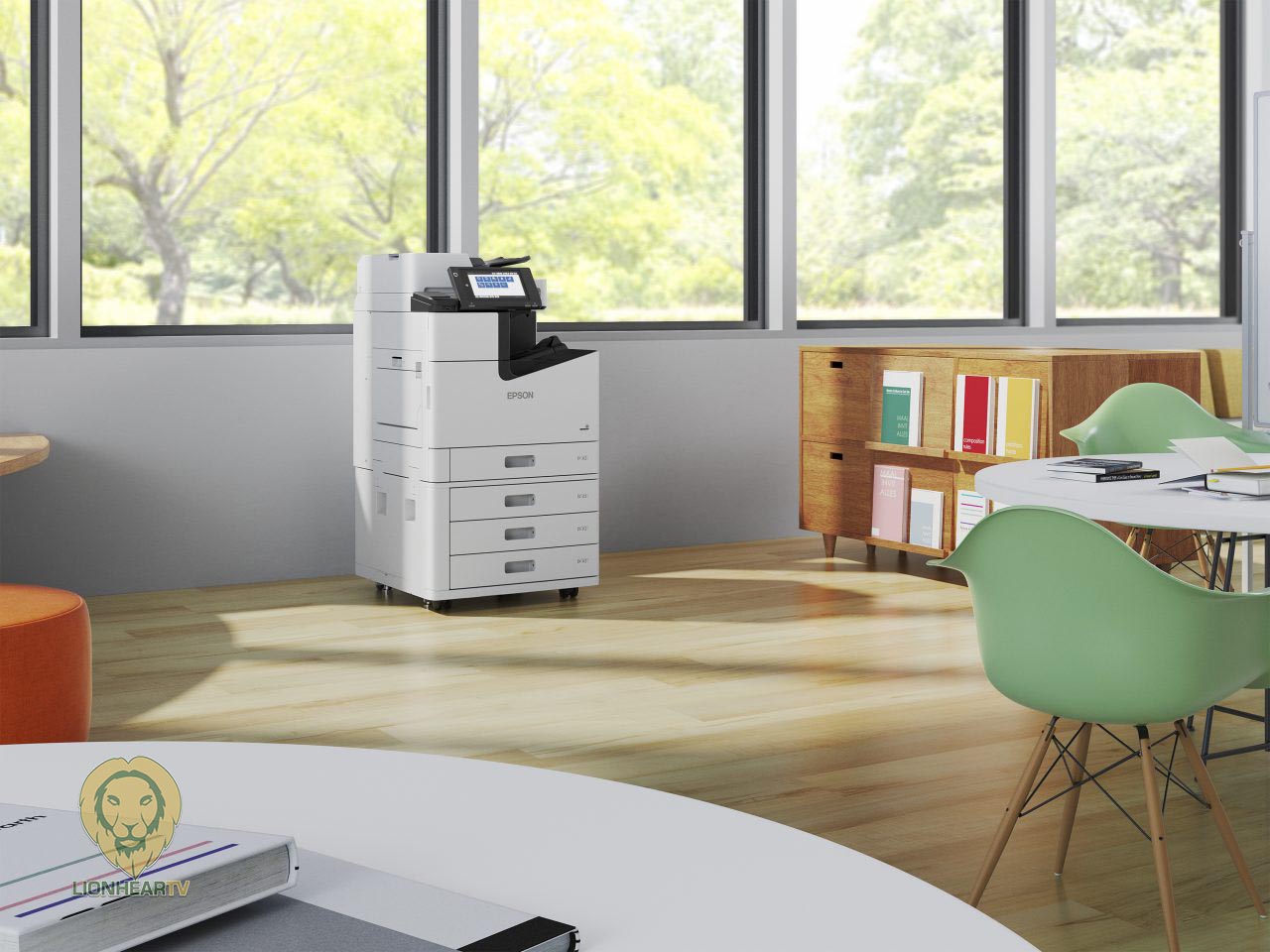If you are in the market for a new printer, the debate about whether to choose an inkjet or laser model has raged for decades. Picking a clear winner in this head-to-head match-up is not as clear cut as ranking coffee versus tea. Key factors such as what the printer will be used for, frequency of use and budget will determine which model meets your business’ needs. However, long-held notions about which printers are better for which tasks are being upended.

Laser printers have traditionally been the “go to” office printer, but there are signs that the tide could be changing on the ground. The latest inkjet printers are delivering better energy efficient performance than ever before at a lower cost and with less waste, creating a more sustainable printing ecosystem. Inkjet printers are also extremely versatile and are capable of producing top quality prints on various types of paper.
With the workforce changing rapidly and more people working at home, as well as a greater emphasis on sustainability, businesses are rethinking office layouts and technology investments. While printers are inseparable from offices, companies are looking to reduce expenses, opting for easy-to-maintain equipment with a minimal environmental impact.
However, when it comes to the suitability of a printer for any business it is important to remember that a one-size-fits all approach is not sufficient. There are four important factors that need to be taken into account before taking the plunge.
Cost Effectiveness
Cost considerations are, of course, high on the list in any printer purchase. Initial investments for laser printers can be high although toner has a long lifespan. By comparison, the cost of inkjet cartridges is lower and less frequent with CISS models. Taking Epson’s high ink yield business inkjet printers as a benchmark, users can benefit from lower cost per print and superior quality. The cost effectiveness of either type of printer must be measured by cost per page and the volume of printing it will be expected to handle.
Quality and Sustainability
When it comes to print quality, both offer impressive output. Laser printers historically held a slight advantage with text output and currently offer a resolution of up to 600 dots per inch (dpi) or higher. However, inkjet printers have advanced and are offering comparable quality. New inkjet printer models are also becoming more energy efficient and sustainable. Epson’s WorkForce Enterprise printers, for example, deliver a maximum resolution of 600 x 2,400 dpi on prints that are water, fade and smudge resistant. Epson business inkjet models also consume up to 85% less power and generate 85% less CO2 than laser printers. Fewer consumables also reduce waste from ink tank models.
Speed and Capacity
Selecting the right printer for your business is also dependent on the amount of printing you will be doing. While laser printers were generally considered for frequent, high-volume text-based printing in large organizations due to its speed and precision, new inkjet models are producing the same results if not better. Epson’s business inkjet printers include heat-free technology that enables printing at consistently high speeds with print speeds of up to 100ppm in both simplex and duplex. Additionally, as a better printer for photos, inkjet printers can serve wider purposes in offices delivering excellent quality. For businesses printing less often or more focused on images, the inkjet continues to surpass laser printers in overall quality at a lower cost.
Space Requirements
Inkjet printers are relatively compact in size and can easily be placed in many parts of the office. Some models are small enough to be set up easily on a table. Laser printers, on the other hand, are considerably bulkier than the average inkjet printer.
The Bottom Line
The best printer for your business depends on your unique requirements. Consider whether you be printing more text or images and how much printing will you need to do for the business. Inkjet printers are increasingly becoming faster, more cost effective and sustainable than laser printer models without compromising on quality.


